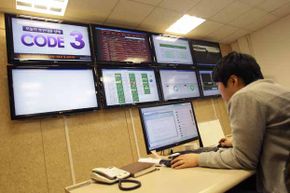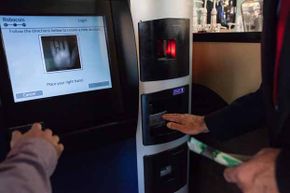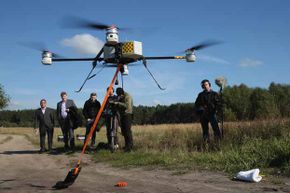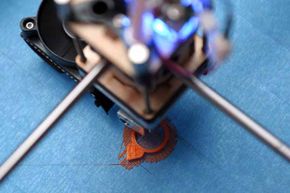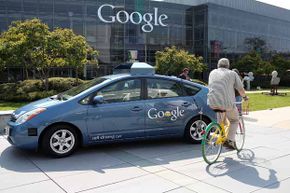The MakerBot Replicator 2 offers the remarkable ability to print out a 3-D plastic model of just about anything you can imagine: a child's toy, a gear for a wind turbine, or a perfectly rendered model of your own butt. Desktop 3-D printing is undoubtedly a great leap forward for small-scale manufacturing, but it's also a potential boon for thieves and low-budget terrorists.
In 2011, an enterprising gang of crooks used a 3-D printer to replicate the plastic front of an ATM terminal. By placing their fake terminal on top of a real cash machine, they were able to skim unsuspecting victims' ATM cards and steal more than $400,000 from their accounts [source: Krebs].
But the real scary prospect is terrorists or fringe groups using 3-D printers to build guns, bombs and other weapons with nothing more than downloadable files. In 2013, a University of Texas law student Cody Wilson announced the creation of the Liberator, a fully functional .380 caliber handgun made entirely on a 3-D printer. The fact that it was plastic raised the fright factor, since it could conceivably elude metal detectors [source: Greenberg]. Wilson summed up the threat nicely to Forbes magazine: "Anywhere there's a computer and an Internet connection, there would be the promise of a gun."
Thanks, Cody! While we're on the topic of really great ideas with potentially horrible consequences, let's talk driverless cars.



